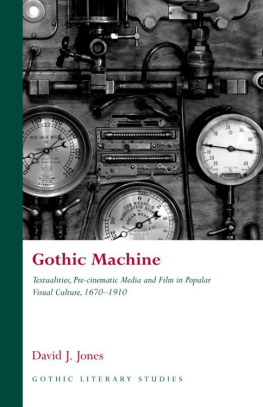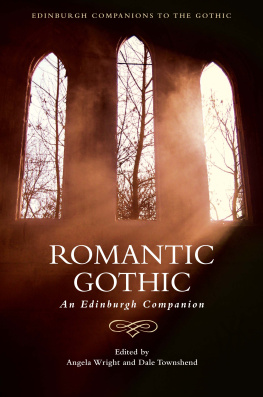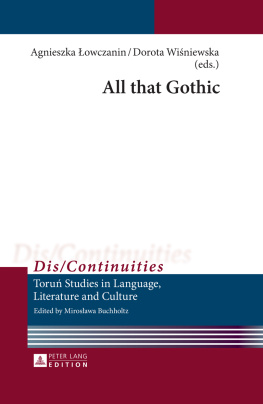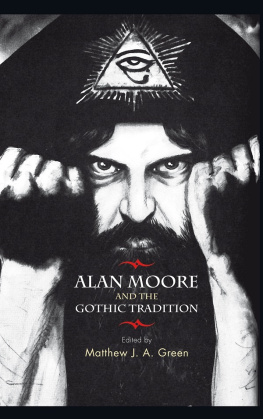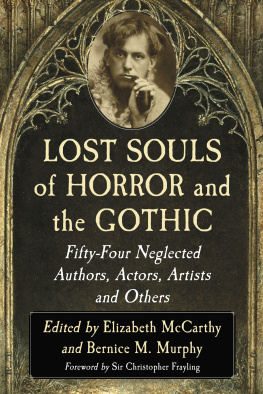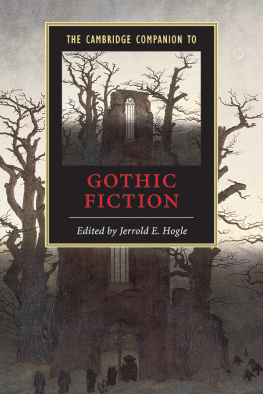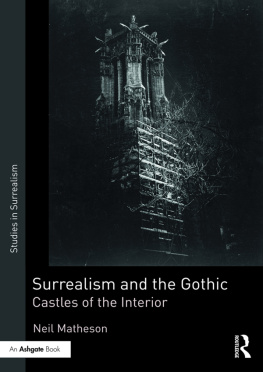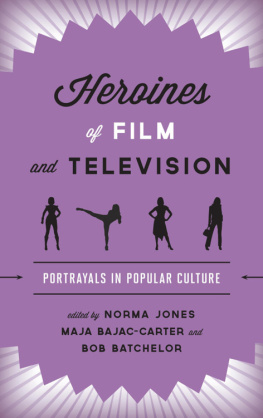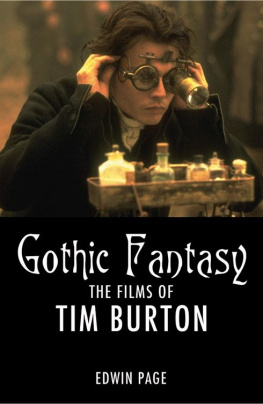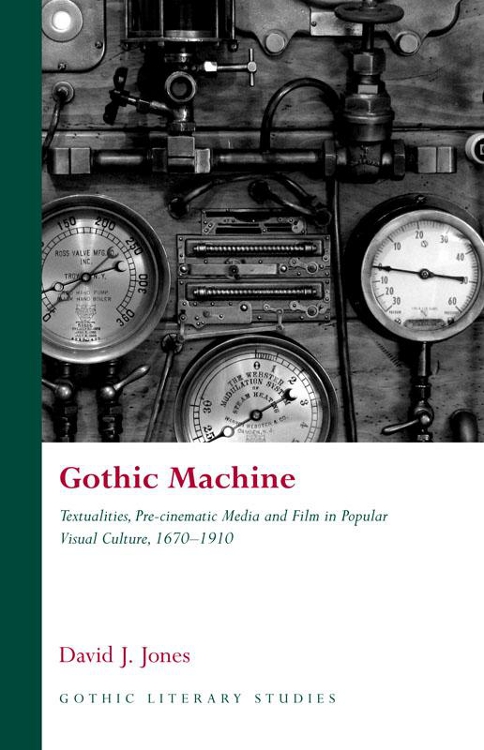Portions of this study have appeared elsewhere and I am pleased to be able to include them here. Sections of have appeared as Dazzling ghostland: Sheridan Le Fanus Phantasmagoria, Irish Journal of Gothic and Horror Studies, 6 (July 2009) and The gnomes lighted scrolls: consumerism and pre-cinematic visual technologies in The Mystery of Dr Jekyll and Mr Hyde, Journal of Stevenson Studies, 7 (November 2010). My thanks to the editors.
My thanks also to Fabienne Poupon, Lester Smith, Howard Wood, Kristy Davis, Mervyn Heard, Michael Kilgarriff and Helen Smith.
Introduction
Diorama: A mode of scenic representation in which a picture, some portions of which are translucent, is viewed through an aperture, the sides of which are continued towards the picture; the light, which is thrown upon the picture from the roof, may be diminished or increased at pleasure, so as to represent the change from sunshine to cloudy weather etc.
Valdine Clemens writes that in keeping with the Gothic practice of retrieving psychically archaic material for the purpose of cultural commentary, Bram Stokers Dracula (1897) draws upon medieval and folk traditions of vampirism. Dracula, she continues, referring to the character, signifies a violent return of buried life.
When we read the description of the famous counts arrival on British shores we also note a feature which, at first glance, seems to signify the return of an outmoded way of seeing, a spectacle of optical illusion:
There was a bright full moon, with heavy black, driving clouds, which threw the whole scene into a fleeting diorama of light and shade as they sailed across. For a moment or two I could see nothing, as the shadow of a cloud obscured St Marys Church and all around it Whatever my expectation was, it was not disappointed, for there, on our favourite seat, the silver light of the moon struck a half-reclining figure, snowy white. The coming of the cloud was too quick for me to see much, for shadow shut down on light almost immediately, but it seemed to me as though something dark stood behind the seat where the white figure shone, and bent over it.
This is, of course, the first view the reader is given of Dracula in England, focalized through the troubled gaze of Mina Murray. The moon shining on cloud throws the perceived scene into a fleeting diorama and not, alternatively, into the likeness of one. Any metaphoricity of the words here is, at best, glancing.
Since it has been generally concluded that the action of the novel takes place in the late 1880s, we might pause to ask ourselves why the scene alongside the church reminds this young trainee schoolteacher, an enthusiastic follower of the New Woman ideal, of a diorama, a type of entertainment which had enjoyed its heyday more than forty years previously. Moreover, why should such a dramatic moment in a novel published in the early years of cinema be visualized in terms of a pre-cinematic optical entertainment at all?
The question is given added emphasis when we remember that elsewhere, Bram Stoker had stressed his characters reliance upon up-to-date fin-de-sicle technologies. Maud Ellmann has written of the authors fascination with new and cutting-edge machines, which manifests itself in repeated usage of typewriters in the novel and also embraces innovations like stenography, telegraphy, phonology and the Kodak camera.
There was certainly nothing new in a writer using images of a diorama to imply, for example, a retrospective comparison of time-schemes or a glimmering, luminous subject. George Eliot employed dioramic changes to expose Bulstrodes egotistical visualization of himself in Middlemarch (1874). In The Return of the Native (1878), Thomas Hardy calls the candle-lit images of a card game reflected in the players eyes a complete diorama.
So Stokers was far from an isolated textual citation of this optical display, yet we might wonder why such references persisted so vividly into the age of cinema proper. It is when we consider the work of that purveyor of mid-nineteenth-century Gothic Sheridan Le Fanus oeuvre that we begin to perceive the closest links between a wide range of pre-cinematic technological media and the Gothic. His novels and short stories cite those kindred optical technologies of the magic lantern, the diorama and the phantasmagoria more than the work of any other writer in English during the period. As this study will explore, this kind of reference also occurs in the work of Dickens, R. L. Stevenson and E. T. A. Hoffmann and increases exponentially with the degree to which their work involves Gothic tensions.
It seems clear, then, that Stoker was employing well-established uncanny associations linking Gothic horror literary production and optical technologies when he made Minas first view of Dracula a dioramic scenario. Even before Mary Shelleys Frankenstein (1818) appeared with its coded references to lantern-of-fear shows, and subsequent citations of phantasmagoria and diorama in The Last Man (1826), the Gothic novel was already inextricably linked with these technologies.
Perhaps the first prominent critic to perceive such a link was that most famous author of trangressively violent tales: in reviewing Gothic novels in 1800, the erstwhile Marquis and at that time Citizen de Sade wrote that:

